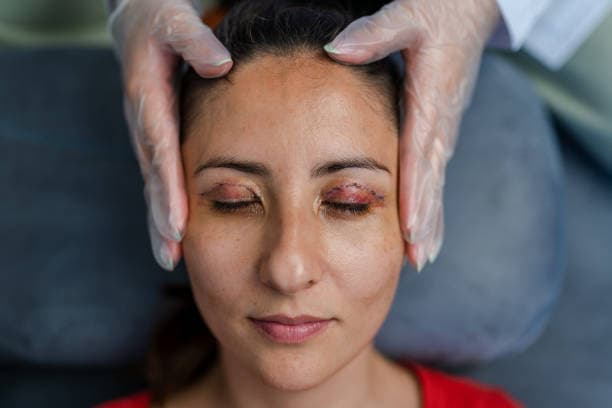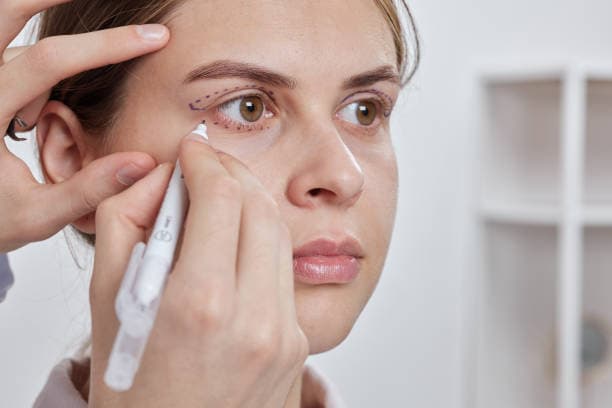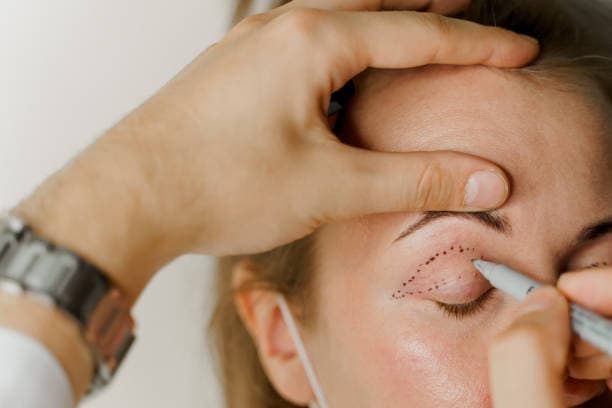Recovering from blepharoplasty, or eyelid surgery, requires careful attention to ensure optimal healing and the best possible results. While the recovery process can vary for each individual, there are several key tips that can help speed up the healing process and minimize discomfort.
Blepharoplasty recovery tips
Recovering from blepharoplasty, or eyelid surgery, involves several key practices to ensure optimal healing and achieve the best possible results. To reduce swelling and bruising, it's essential to apply cold compresses to the eyelids during the first few days following the procedure. Keeping your head elevated, even while sleeping, can further help minimize swelling. It's crucial to follow your surgeon's post-operative instructions meticulously, including taking prescribed medications and using any recommended eye drops or ointments to keep the eyes lubricated. Avoiding activities that strain your eyes, such as reading, screen time, and exposure to bright lights, is important during the initial recovery period. Protecting your eyes from sunlight with sunglasses and hats can also aid in the healing process. Ensuring plenty of rest and maintaining a healthy diet will support your body's natural recovery mechanisms.

Expectations After Blepharoplasty
After a blepharoplasty surgery, or eyelid surgery, patients can anticipate a recovery period that involves a few key stages. Immediately after the procedure, it's common to experience swelling, bruising, and mild discomfort around the eyes. These symptoms typically peak within the first few days but gradually diminish over the course of two weeks. During this initial phase, patients should follow their surgeon's post-operative care instructions meticulously, which may include using cold compresses to reduce swelling and keeping the head elevated while resting. Vision might be temporarily blurred due to swelling and the application of ointments, but this usually improves as the healing progresses. Patients can generally resume light activities within a week, but should avoid strenuous exercise and heavy lifting for several weeks to prevent any complications. Sutures are typically removed within a week, and the incisions should heal with minimal scarring. Final results, including a more refreshed and youthful appearance, can be fully appreciated once all swelling has subsided, which may take a few months. Regular follow-up visits with the surgeon are essential to monitor healing and address any concerns. With proper care and patience, patients can look forward to achieving the desired rejuvenated look around their eyes.

Tips for Blepharoplasty Recovery
Recovering from blepharoplasty, or eyelid surgery, requires careful attention to ensure a smooth and effective healing process. First and foremost, it's crucial to follow your surgeon's post-operative care instructions meticulously, including taking prescribed medications and using recommended eye drops to keep the eyes lubricated. Applying cold compresses during the first 48 hours can significantly reduce swelling and bruising. Keeping your head elevated, even while sleeping, is essential to minimize swelling. It's important to avoid activities that strain your eyes, such as reading, watching TV, or using digital devices for prolonged periods, especially in the first week after surgery. Protecting your eyes from sunlight and wind is vital, so wearing dark sunglasses when outdoors is highly recommended. Maintain a clean environment around the eyes to prevent infection, and avoid touching or rubbing the surgical area. It's also advisable to refrain from strenuous activities, heavy lifting, and bending over for at least two weeks to avoid increasing blood flow to the eyes, which can exacerbate swelling. Eating a balanced diet rich in vitamins and staying hydrated can support the body's healing process. By adhering to these recovery tips, patients can promote faster healing, reduce discomfort, and achieve the best possible results from their blepharoplasty.

Conclusion
In summary, a successful blepharoplasty recovery hinges on diligent adherence to post-operative care instructions and incorporating key recovery tips. Utilizing cold compresses, maintaining head elevation, and protecting the eyes from strain and sunlight are essential practices to minimize swelling and discomfort. Ensuring the cleanliness of the surgical area, avoiding strenuous activities, and following a healthy diet further support the healing process. By committing to these guidelines, patients can foster a smooth recovery, reduce complications, and ultimately enjoy the rejuvenated and refreshed appearance that blepharoplasty provides. With patience and proper care, the results will enhance both appearance and confidence.
Read More